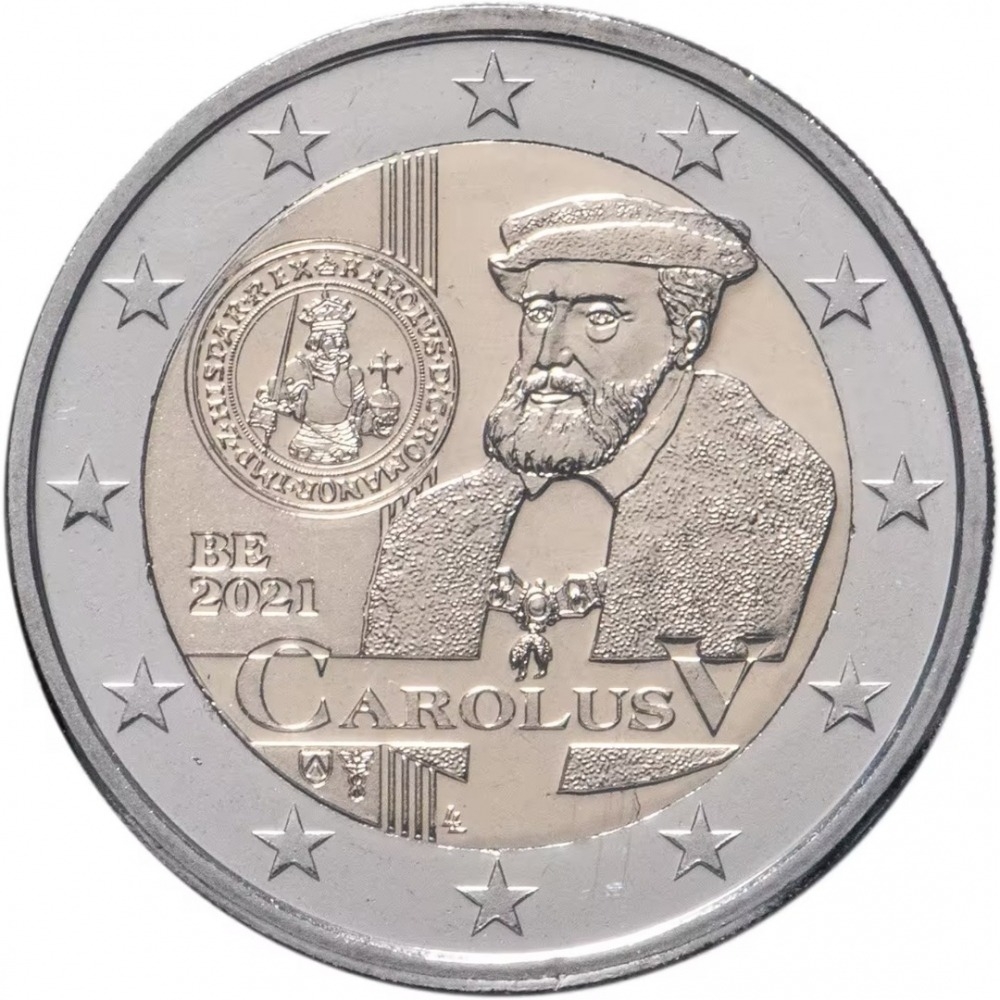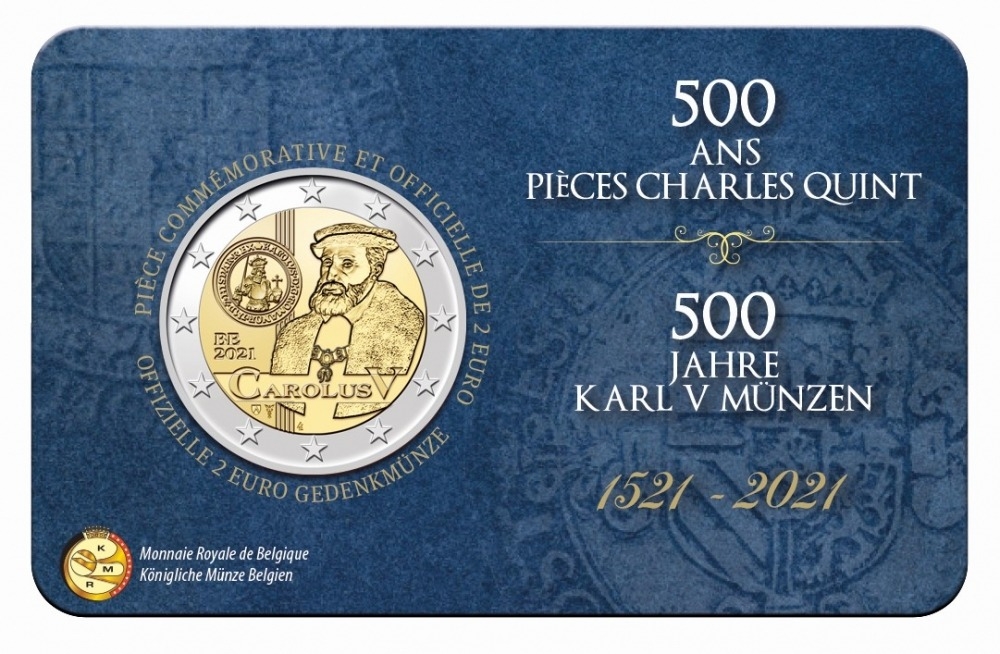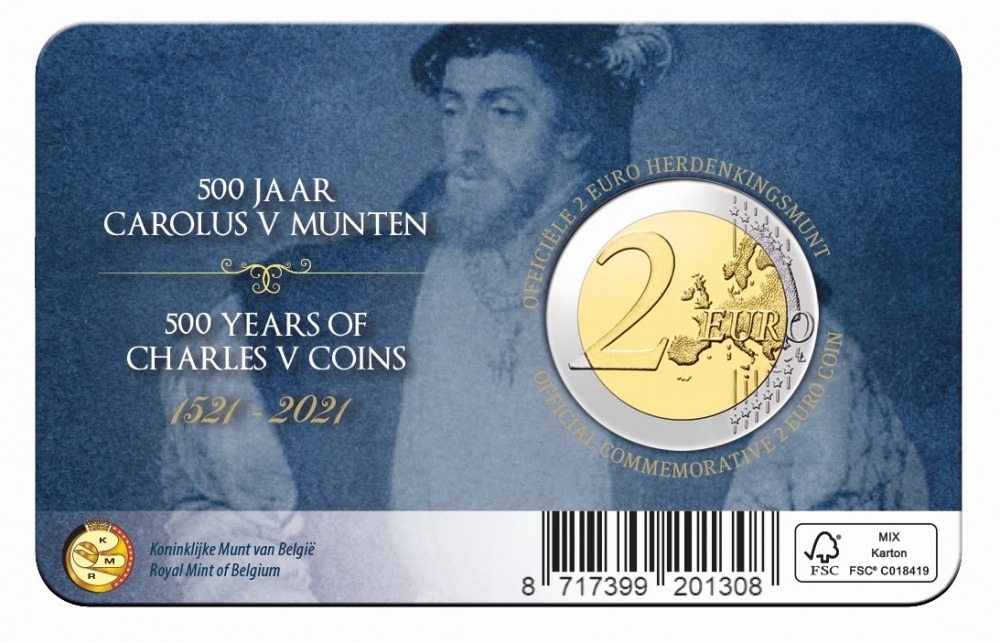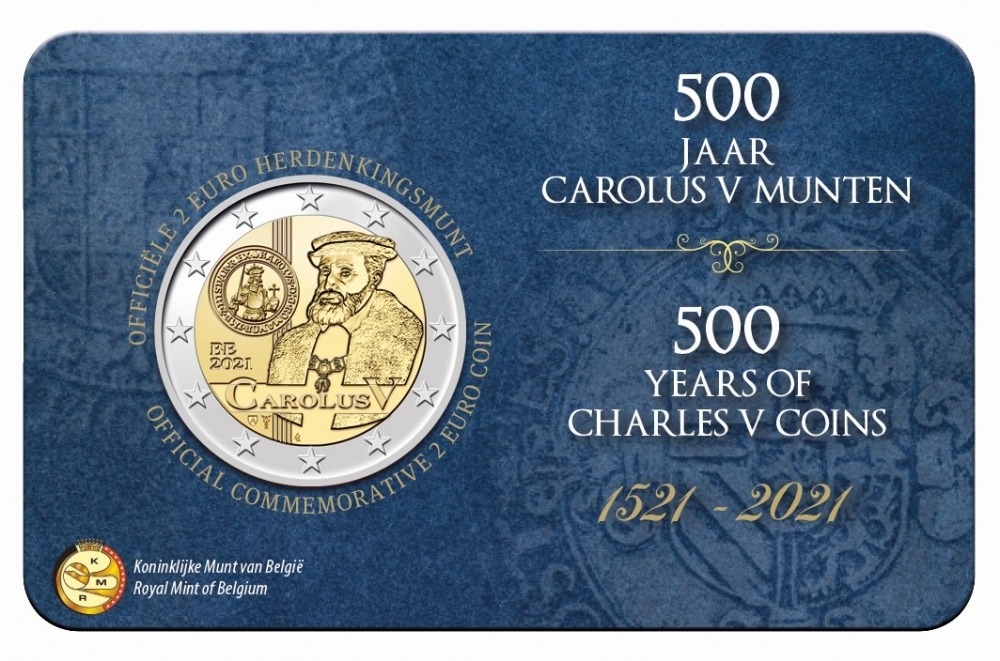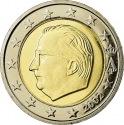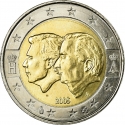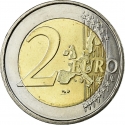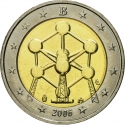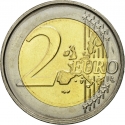You are about to finish your registration. Please check your mailbox (including spam folder). There should be a letter with a confirmation link. Check setting to make sure that your e-mail address is correct.
Send letter againDescription
The Reichsmünzordnung (German: "imperial minting ordinance") was an attempt to unify the numerous disparate coins in use in the various states of the Holy Roman Empire in the 16th century.
A first Reichsmünzordnung was issued by Charles V in 1524 at Esslingen, declaring the Cologne Mark as the general standard for coin weights. But due to protests by the larger principalities of the empire, the ordinance was never implemented.
In 1551, the Kreuzer was introduced as the standard for small silver coinage, with 72 Kreuzer being equivalent to a Gulden, or a silver Guldengroschen. The silver Taler was set at 68 Kreuzer. An official Reichsgoldgulden was introduced but was only minted for a few years. "Goldgulden" is strictly a tautology, as "Gulden" itself already means gold coin, but because of the silver Guldengroschen, "Goldgulden" was used for disambiguation.
Obverse

|
Depicts a portrait of King Charles V with the chain of the Order of the Golden Fleece on the right, and the golden Karslgulden from the second issue period from 1521 on the top left. The inscription "Charles V" surrounded by the country code (BE for Belgium) and date above, the mint and privy marks below. The outer ring depicts the twelve stars of the European flag. KAROLVS•D:G•ROMANOR•IMP•Z•HISPAR•REX• |
|---|---|
Reverse

|
A geographical map of Western Europe spans the outer ring and inner core on the right side of the coin. The inscription 2 EURO is superimposed over the map of Europe, with the numeral “2” located in an open field representing the eastern Atlantic Ocean. 2 EURO |
| Edge |
The sequence "2 ★ ★" repeated six times alternately upright and inverted 2 ★ ★ 2 ★ ★ 2 ★ ★ 2 ★ ★ 2 ★ ★ 2 ★ ★ |
2 Euro
KM# 420 LA# BEM-8.31
Characteristics
| Type | Commemorative Issue (Circulating) |
| Material | Bi-Metallic |
| Ring | Cupronickel |
| Center | Nickel Brass |
| Weight | 8.5 g |
| Diameter | 25.75 mm |
| Thickness | 2.2 mm |
| Shape |
|
| Alignment | Medal |
| Mint |
Royal Dutch Mint (KNM)
|
